As we all know, more and more people choose to use smart locks in their homes, companies, or other places. Different places need to install different types of smart locks, so how to choose a suitable smart lock for yourself? In today’s guide, we’ll explore how to choose a smart lock. If you’re considering a smart lock, read on to learn more.
1. How does the smart lock work
A smart lock is a modern door lock that uses smart technology to achieve keyless entry. It works by connecting the lock to your home’s Wi-Fi network so that it can be accessed through a smartphone app or a control panel in your home. Connected to your phone and key fob via Bluetooth, when an app sends a command to lock or unlock the door, the smart lock responds and confirms the action. The same can happen when a user manually enters a code on the keypad or waves a fob or digital key in front of the lock, depending on the style of the lock itself.
Using a smart lock in your home not only adds an extra layer of security to your home but also makes it easy to open the door when your hands are busy. It is the first choice of many young people.
2. Types of smart locks
Today, there are various types of smart locks on the market, and knowing each will help you choose a smart lock.
1) Classification by connection technology
Smart locks have built-in different connection configurators, so different unlocking methods can be used. Let’s take a look at the connection methods of the smart lock.
#1. Bluetooth
The Bluetooth smart lock is to place a BLE Bluetooth module in the door lock, and then identify and pair through Bluetooth on the smartphone. After the pairing is successful, the door lock can be controlled on the APP of the mobile phone. When you send an unlock request, the unlock request will be sent to the server, and then the server will send the unlock command to the mobile phone, and the mobile phone will receive the command, and then send the command to the smart door lock via Bluetooth to unlock. This is the unlocking process of the Bluetooth door lock.
The advantage of the Bluetooth door lock is that it is more convenient than the traditional door lock. You don’t need to carry a key when you go out, and you can easily unlock it with a mobile phone. And compared with other connection types of door locks, the standby time of Bluetooth door locks is longer. Because its built-in BLE Bluetooth module consumes less power, it is the most power-saving method among all smart locks. Additionally, Bluetooth door locks eliminate the need for third-party hubs. If you just want a hub for keyless entry that doesn’t require a third party, a Bluetooth door lock would be the smart choice.
However, while a Bluetooth-connected door lock has the above benefits, it also has a downside. That is the limited range of connections. To open the door lock, you must be close to the door lock, and the door lock cannot be opened beyond the range of the Bluetooth connection.
#2. Wi-Fi
A Wi-Fi-connected smart lock consists of a smart monitor and an electronic lock. The smart monitor can provide power and transmit information to the door lock. The Wi-Fi smart lock, like the Bluetooth smart lock, also controls the door lock through the mobile phone. But unlike Bluetooth door locks, as a wireless technology, wifi has a wider coverage and faster speed.
The advantage of the wifi smart lock is that it has a wide coverage, as long as you are connected to wifi, you can control the door lock anywhere. It can also implement the monitoring function on the door lock, track who enters and who exits anytime and anywhere, and improve the security of users. In the case of no communication interference, the operation speed is fast and one-key unlocking. At the same time, WiFi smart locks also have disadvantages, such as fast power consumption, high cost, and excessive dependence on the network.
#3. Z-Wave
Unlike both Bluetooth and wifi, Z-Wave does not connect directly to your communication device but instead communicates by connecting to a third-party hub. Z-Wave is a low-energy radio signal similar to Bluetooth, but it is more private and secure than Bluetooth and can provide a better signal.
Z-Wave allows you to remotely control your door locks from anywhere with little interference from other communication devices. The only downside is the need for a third-party hub, which can be complicated for some.
2) Classified by design method
According to the original intention of the design, smart locks can be divided into two categories: adaptive smart locks and native smart locks.
#1. Adapt to smart lock
Adaptive smart lock means that it was not designed to be used as a smart lock at the beginning, but became smart after modification and adjustment. Such as electronic locks, and magnetic locks.
The advantage of adapting smart locks is to provide users with more flexibility. Users can choose which way to connect according to their needs and economic conditions. In addition, the installation of the adaptive smart lock is also very simple. It only needs to adjust the existing door lock, and it will hardly cause damage to the door frame. There are even adaptable smart locks that work directly with your existing access control system.
#2. Native Smart Lock
Native smart locks are door locks that were originally designed to be opened in an intelligent way, for example, door locks controlled by applications, fingerprint recognition, password keyboards, etc. The biggest advantage of the original smart lock is to bring the intelligent unlocking method to the highest level.
But it also has many shortcomings. Because the installation of the original smart lock requires the replacement of the original door lock, the old door lock must be removed, which may cause damage to the door frame. Native smart locks run on battery power, so you must monitor the battery level at all times in case something malfunctions. In addition, many native smart locks use Bluetooth connection technology, which means that remote access is not possible, which greatly limits the communication function of the door lock.
3) Classified by unlocking method
According to the unlocking method, we can divide the smart lock into the following types:
#1. Biometrics
The biometric unlocking method is currently the highest security level unlocking method because it requires you to use your own biological characteristics to unlock, and each person’s biological characteristics are completely different. For example, fingerprints, faces, voices, etc.
#2. PIN code
A PIN is a unique access code that a user enters into a keypad to unlock it. Keyboards come in a variety of styles, including physical buttons and touchscreens. Some also use a PIN in their app, connected to the lock via Bluetooth or Wi-Fi.
#3. Radio Frequency Identification
RFID locks use radio frequency to identify a card or key fob that is authorized to pass through the door. It installs the access key on the key card or key fob, and the user can enter the house by identifying the RFID card on the door. Hotel and office buildings usually use this type of flooring.
#4. Smartphone Control
In fact, smartphone control is specific application control. The door lock is connected to the mobile phone through Bluetooth or wifi, and the mobile phone manages and controls the door lock device through the application program.
#5. Remote Access
The Wi-Fi-enabled lock can be unlocked remotely via the app when accessed remotely. If someone tries to get into your home while you’re not there, remote access can help you unlock the door. You can also check the status of the door lock at any time.
#6. Temporary access
Temporary access is when you, as the administrator, assign different passwords to people who want to access your home for a short period of time. For example, nannies and maintenance workers. This is an added layer of security as the temporary password expires as soon as access becomes effective. I remember that I have a friend who is the owner of a custom faucet company. One time he invited me to visit his office. I found that his office door lock was installed with a smart door lock. He gave me some numbers that can open the door lock. He told me that this is a temporary access code and can have one-time access.
3. How to choose a smart lock
Faced with so many types of smart locks, how to choose a smart lock that suits you is a difficult problem. What you need to consider before buying a smart lock, here are some suggestions for you from iLockey.
1) Battery life
We all know that the normal operation of smart locks is mainly powered by batteries. So considering battery life is a key factor when choosing a smart lock. However, the determining factor affecting battery life is the type of connection to the door lock. The main connection types are Z-Wave, Zigbee, Bluetooth, and WiFi. Both Z-Wave and Zigbee can run on very low power consumption, Bluetooth’s relatively low power consumption, and WiFi’s higher power consumption. Through this comparison, can you know what type of smart lock you want?
2) ANSI/BHMA lock standard rating
The American National Standards Institute (ANSI) and the Builders Hardware Manufacturers Association (BHMA) have developed three standard designations for lock quality, protection against picking, banging, or other physical attacks, and the amount of lock or unlock. ANSI assigns the following three grades after taking into account the lock’s durability, resiliency, and latch duration:
- Class 1 is the highest grade and most secure lock commonly found in commercial requirements.
- Class 2 is the most popular residential lock.
- Level 3 is the lowest security and least expensive door lock.
Upon investigation, most smart locks are ANSI Class 2.
The BHMA assigns residential door locks an ABC rating, considering the lock’s stability, longevity, power, and finish.
3) Remote access
Before buying a smart lock, please consider whether you need remote access capabilities, because this is related to your purchase cost. Remote control via wifi and Bluetooth adapter, If you are too far away from home, it is recommended that you consider remote access. Alternatively, remote access is also possible through Z-Wave technology, but Z-Wave requires a connection to a third-party hub. A router can transmit the Z-Wave signal from your lock to one your router can recognize, allowing you to remotely access your lock from anywhere. With remote access, it’s easy to unlock even when you’re not at home.
4) Customized access code
As we all know, an access code is a code that opens the door lock, and a custom access code is a code that is generated for a specific person. You can customize different access codes for different people. For example, your children, your gardener, or dog walkers, thus preventing unauthorized persons from entering the house. Even more, you can build code that only runs for maintainers at certain times or periods. Outside of these hours, the code will be inactive. It gives you more control over who gets into your home and how. You’ll be notified on your smartphone when these access codes are used, so you’ll know who opened the door and when.
5) Keyhole
When you choose a smart lock, whether you need to choose a smart lock with a keyhole is also a factor to consider. Because some smart locks retain a mechanical keyhole under the door lock in order to prevent accidents. This is a last resort to get you into the house.
6) Is it compatible with your door
We recommend that you choose to be compatible with your door. If your door frame is not compatible with the smart lock, it will be removed or improved in other ways during installation. Not only will this damage the door frame, but it will also increase the cost. For example, if your door doesn’t have a deadbolt at all, you’ll either need to add a deadbolt or possibly replace the door.
7) Alarm system
It’s best to opt for a smart lock with a built-in alarm system, such as a beeping alarm when the lock is tampered with or the door is opened. This is of great help in protecting your home and personal safety.
4. Smart lock recommendation
After viewing the above purchasing suggestions, if you still don’t know how to choose a smart lock. Next, let us recommend some useful smart locks for you.
1) August smart lock
The August Smart Lock is an affordable and easy-to-install option that uses Bluetooth and the August app to control common functions and can use a smartphone, keypad, or key to unlock the door. It has the advantage of being able to use Alexa and Assistant for voice control if purchased with the August Connect hub. Applies to the current impasse. Automatically locks the door when you leave, and automatically unlocks when you approach the door. Track when and who opens doors through the app. It is very easy to install and use and can use existing deadbolts.
But if the app fails, the user can only use the key to unlock the door.
2)Wyze Smart Lock
Wyze Smart Lock pairs with your smartphone using Wyze’s free app and is easy to configure. It can easily program rules using apps and smart assistants. The Wyze Smart Lock’s premium finish and compact styling combined with a traditional thumbstick and its relatively low price tag make it a better value than many other more expensive models.
However, for remote control of Wyze Smart Lock, a Wi-Fi (2.4 GHz) bridge is required. And when the battery life drops below 25%, the lock is prone to the occasional stall. Finally, Wyze locks lack Z-Wave compatibility, so it’s not a one-size-fits-all solution.
3)Yale Assure Lock
The Yale Assure Lock is a premium smart lock that stands out, and it easily connects to almost every major smart home assistant, including Amazon Alexa, Google, Apple HomeKit, and even Airbnb software. And easy to program. It is a smart lock with powerful functions and a high-quality structure.
5. Conclusion
The above is how to choose a smart lock and smart lock recommendations are summarized in this guide for you. If you have enough budget, it is recommended that you choose a cost-effective smart lock. Because a good smart lock can improve the way you enter and leave your home. If you have other questions about how to choose a smart lock, please contact iLockey.

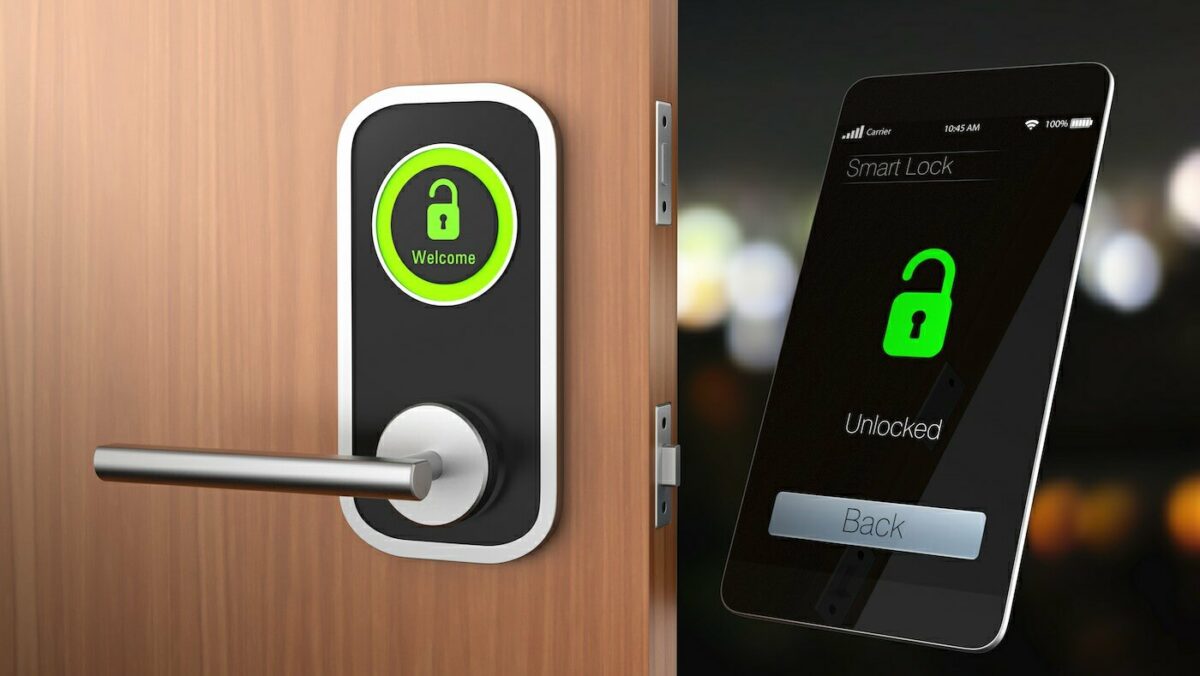
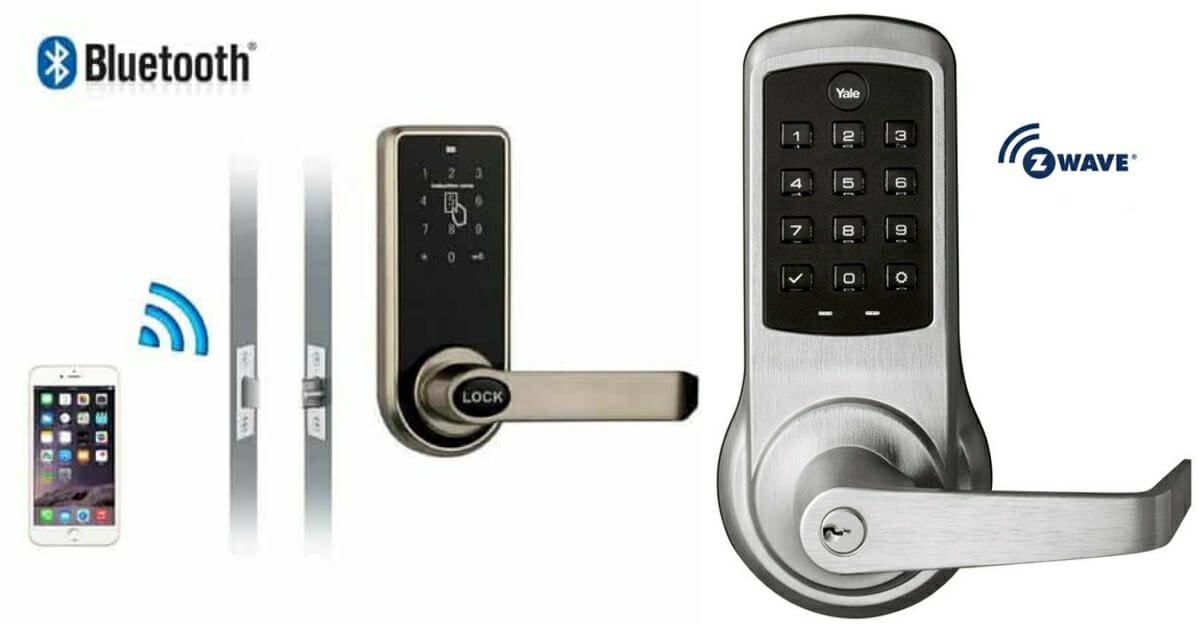


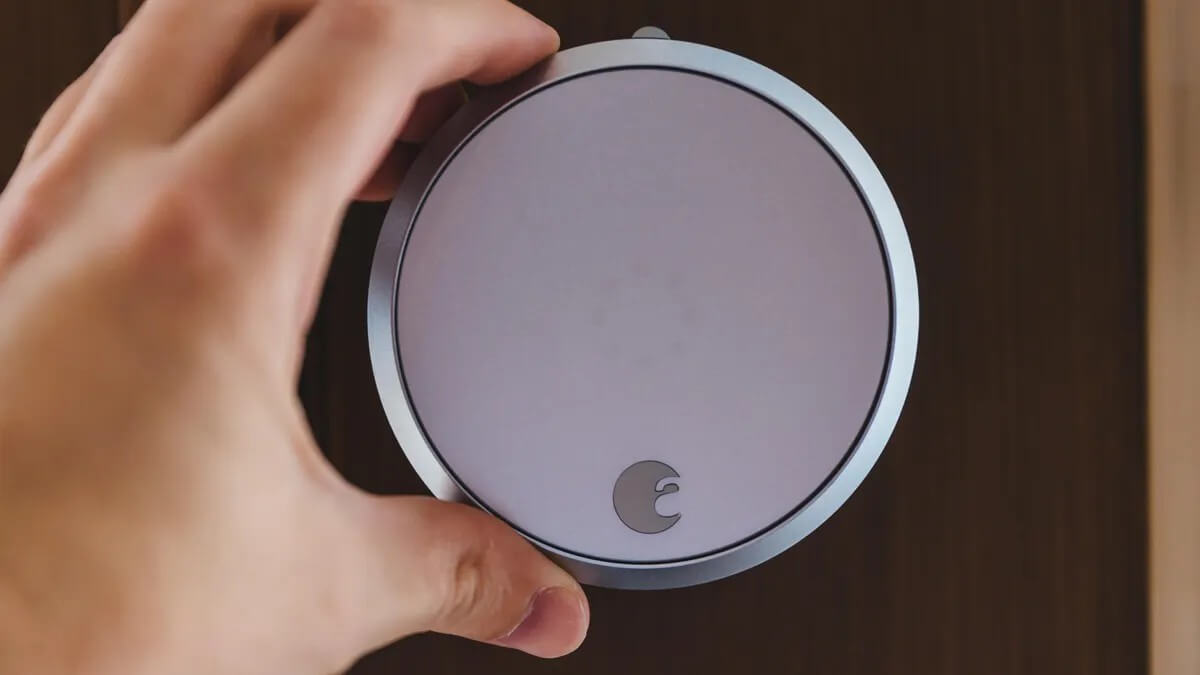

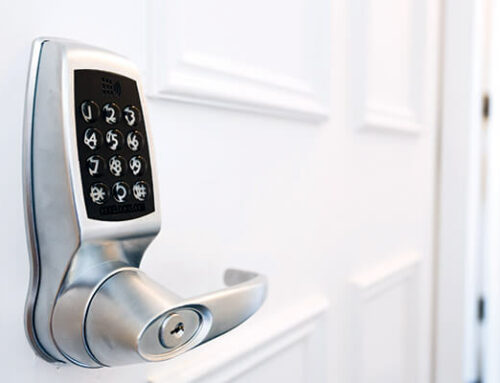
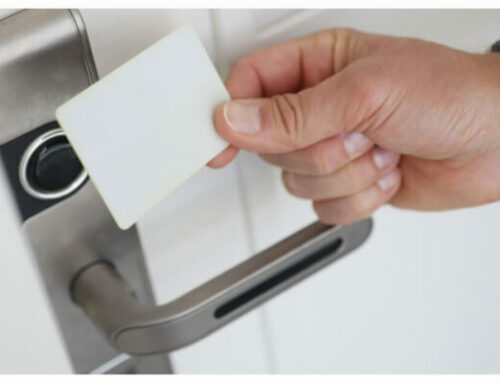
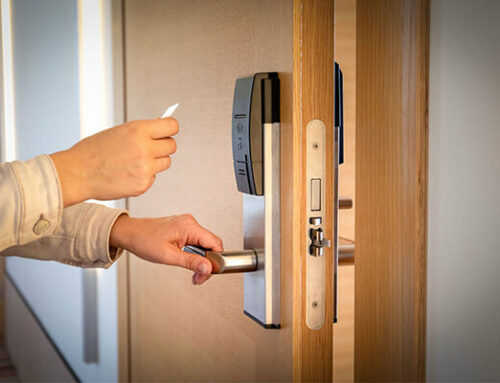
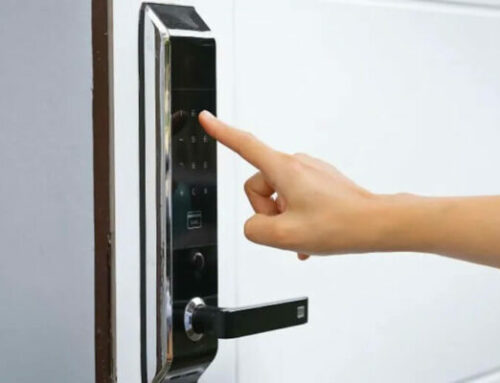
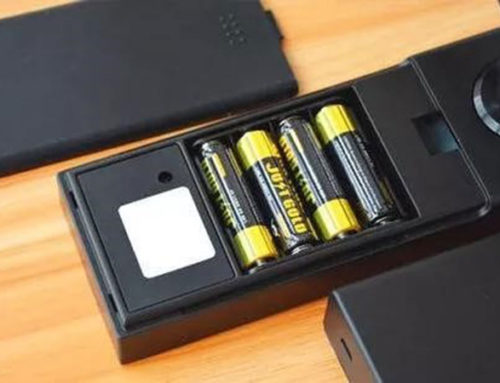
Leave A Comment